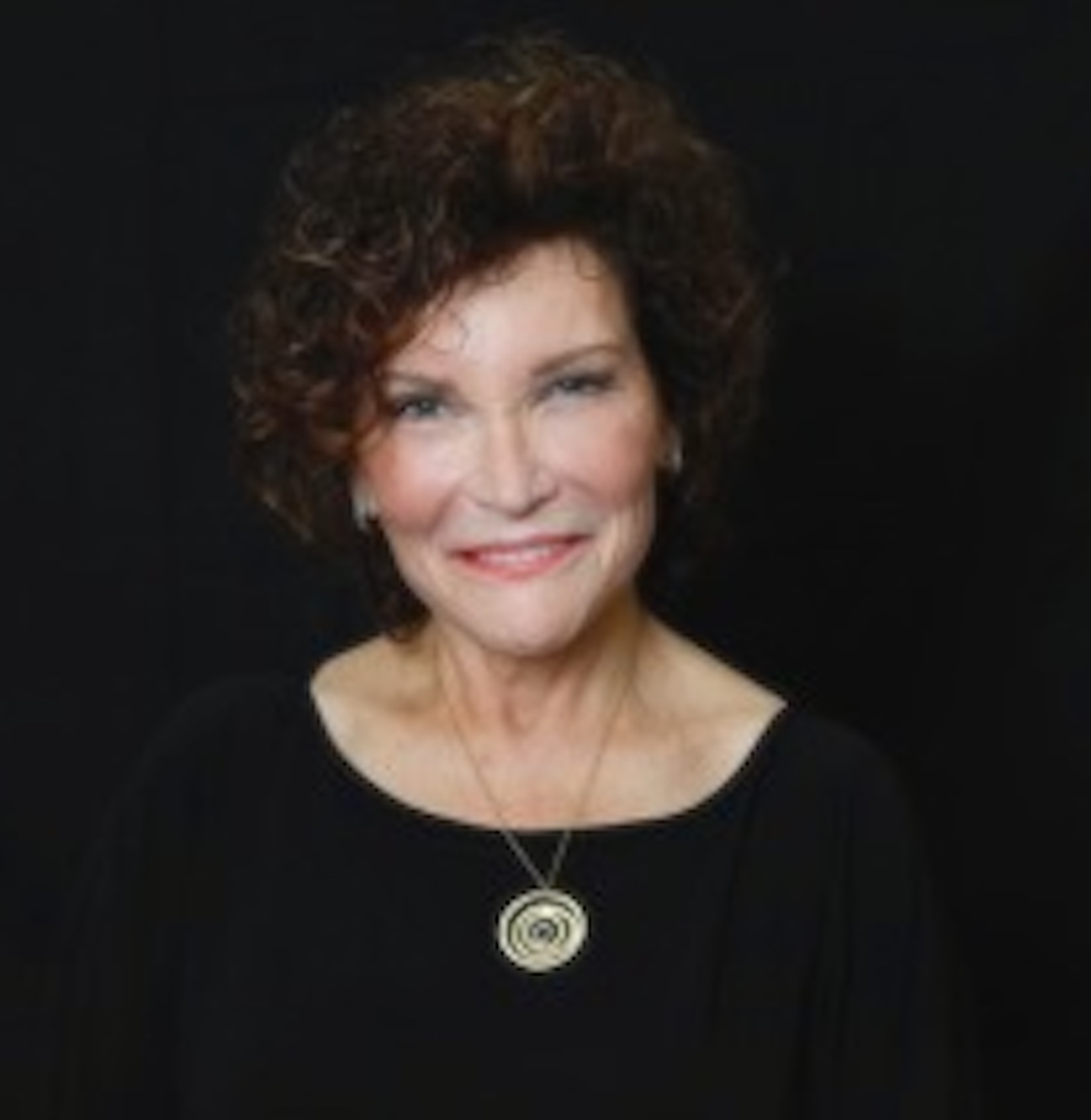The Interplay of Dread AND Hope: Holding and Navigating Contrasting Emotions in Cultivating Resilience
.png)
People often ask me: how it is possible to celebrate amid deep suffering and life-altering traumatic events that shatter any sense of safety or security and leave us in confusion and the unknown?
In the face of our unbearable reality, complex trauma, shock, and uncertainty foreclose any vestige of imagination, creativity, play, and reverie. (Steve Mitchell, 1993). A malignant reality becomes pervasive and normative; the lived present is then filled with the torture of suffering while compromising any felt sense of safety or security. (Lifton, J.,1992). Time has no meaning in the context of trauma, whether it is past, present, or future. Fear and dread become shadows that accompany and hold us hostage.
Dread often arises from anticipating negative outcomes, representing fear and anxiety about the unknown or inevitable challenges that lie ahead. It can be paralyzing, casting a shadow over our thoughts and actions.
Both Fear and dread involve a sense of apprehension. Fear is a direct response to present and identifiable threats, whereas dread is a more generalized, long-term, intense, and existential feeling.
Dread can be a crippling emotion. It holds us captive in fear as long as we give it power. Both fear and dread can render us immobile, and when we fixate on dread, it consumes our thoughts. In many situations, experiencing Dread is a natural part of coping with what's ahead in certain situations. It could be a severe medical diagnosis or the loss of a loved one. Rather than avoid an issue, it is necessary to feel that dread, move through it, and emerge on the other side (Mcfee, 2017).
So, how is it possible to play with Dread and Hope simultaneously?
Lord Jonathan Sacks' words have given me a perspective that I find comforting and hopeful. They are a balm to ease suffering amid despair.
"Happiness is something you can feel alone, but Joy is something you share with others. Happiness is about a lifetime, but joy lives in the moment. Happiness tends to be a cool emotion, but joy makes you want to dance and sing. It's hard to feel happiness amid chaos and uncertainty. But you can still feel joy” (Sacks, 2010 p.50).
Joyful moments can exist even amid despair. When they appear, if savored, they invite Hope. Dread and hope, though seemingly contradictory, can coexist in a complex dance that shapes human experience. This intricate interplay can be seen in various aspects of life, reflecting the duality of our emotions. There are no bad parts or feelings (Schwartz, R. 2021).
The action you take actually determines the positivity or negativity value. In other words, if you are angry and express it loudly and harshly, it is a negative expression. On the other hand, if you are angry, regulate yourself and then express your anger so that it can be received, which can be a positive expression.
The belief in positive outcomes and the possibility of improvement or success is a source of motivation, strength, and connectivity. Safety and security can be found in our connection to ourselves and to other people. We are all interconnected. After all, we are born to connect. It is our birthright!
Holding on to hope in the presence of dread can be a significant challenge, but it's also a fundamental aspect of resilience and coping with difficult situations. Here are some strategies to help you maintain hope. Personally, I have found these coping strategies highly effective when I am overwhelmed with dread. Please remember that the more you practice, the easier it becomes to absorb and apply.
1. Acknowledge your feelings: Recognizing and validating your feelings of Dread is essential. Ignoring or suppressing them can make it harder to move forward. Accept that it's okay to feel this way.
2. Focus on the present moment: Instead of dwelling on the future or past events contributing to your Dread, try to focus on the present moment. Mindfulness techniques such as deep breathing or meditation can help anchor you in the here and now.
3. Seek support: Talking to friends, family, or a therapist about your feelings can provide comfort and perspective. Sharing your worries with others can lighten the burden and remind you that you're not alone.
4. Find meaning: Look for meaning or purpose in your experiences, even in difficult times, and reflect on what you can learn from the situation or how it can lead to personal growth.
5. Practice gratitude: Cultivating a sense of appreciation for the positive aspects of your life, no matter how small, can help counteract feelings of Dread. Keeping a gratitude journal or taking a few moments each day to appreciate what you have can shift your focus toward the positive.
6. Focus on what you can control: While worrying about things beyond your control is natural, shift your focus toward what you can influence or change. Taking proactive steps, no matter how small, can help restore a sense of agency and empowerment.
7. Find sources of inspiration: Whether it's through books, music, art, nature, or spiritual practices, seek out sources that uplift and motivate you. Surrounding yourself with positivity can help counteract feelings of Dread.
When dread invites hope to dance, they join together and move as one. Together, they create a third space; ultimately, holding onto Hope requires resilience, self-compassion, and a willingness to cultivate optimism despite uncertainty. It's a process that takes time and effort, but it can make a significant difference in navigating challenging and traumatic circumstances.



